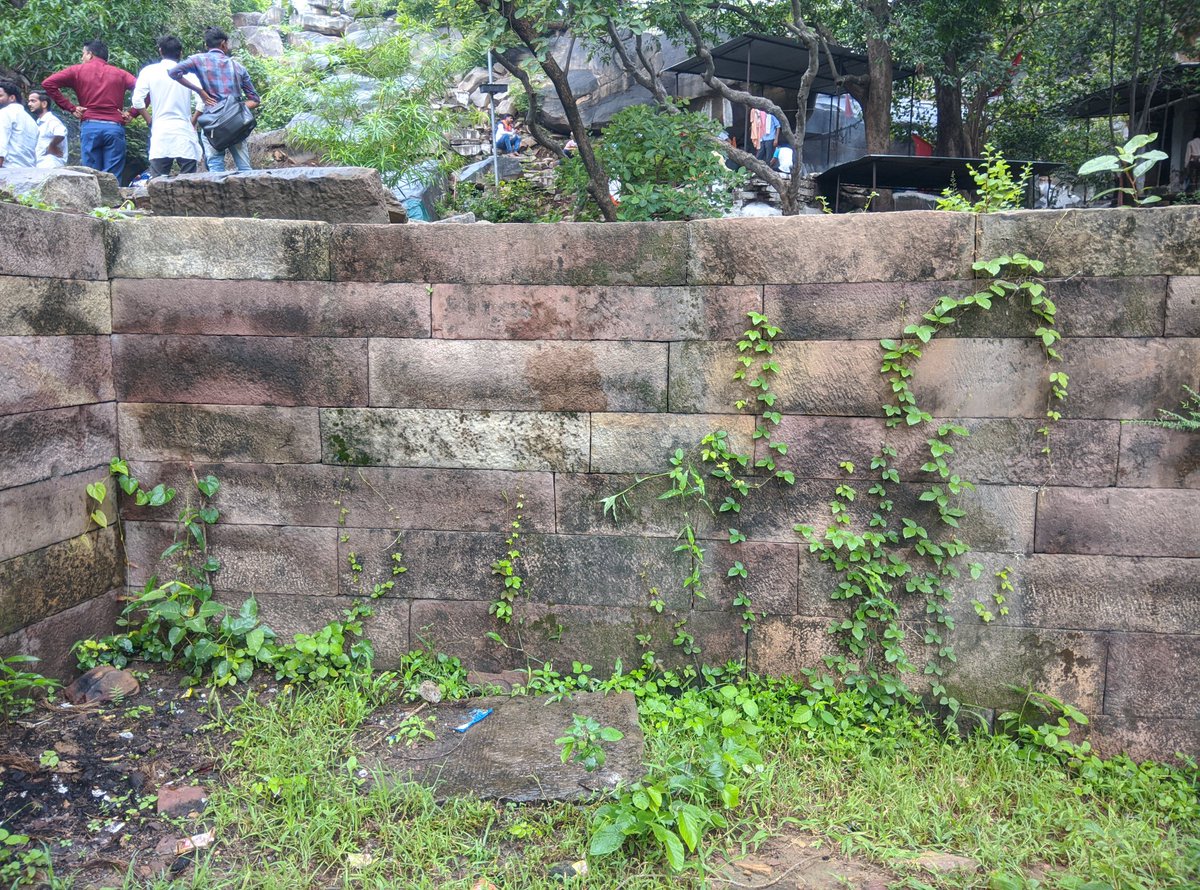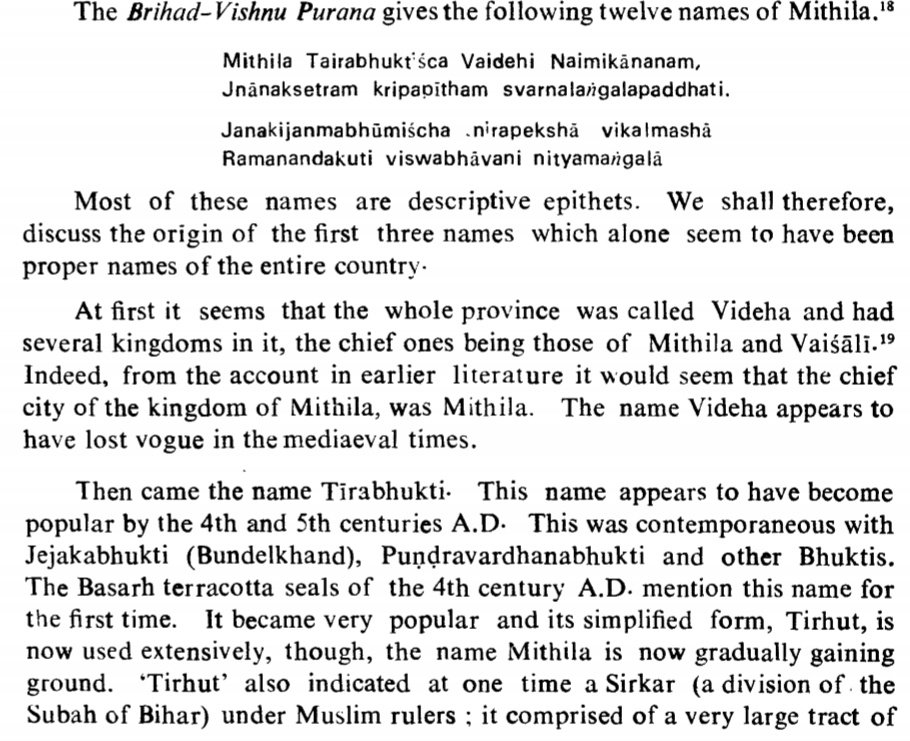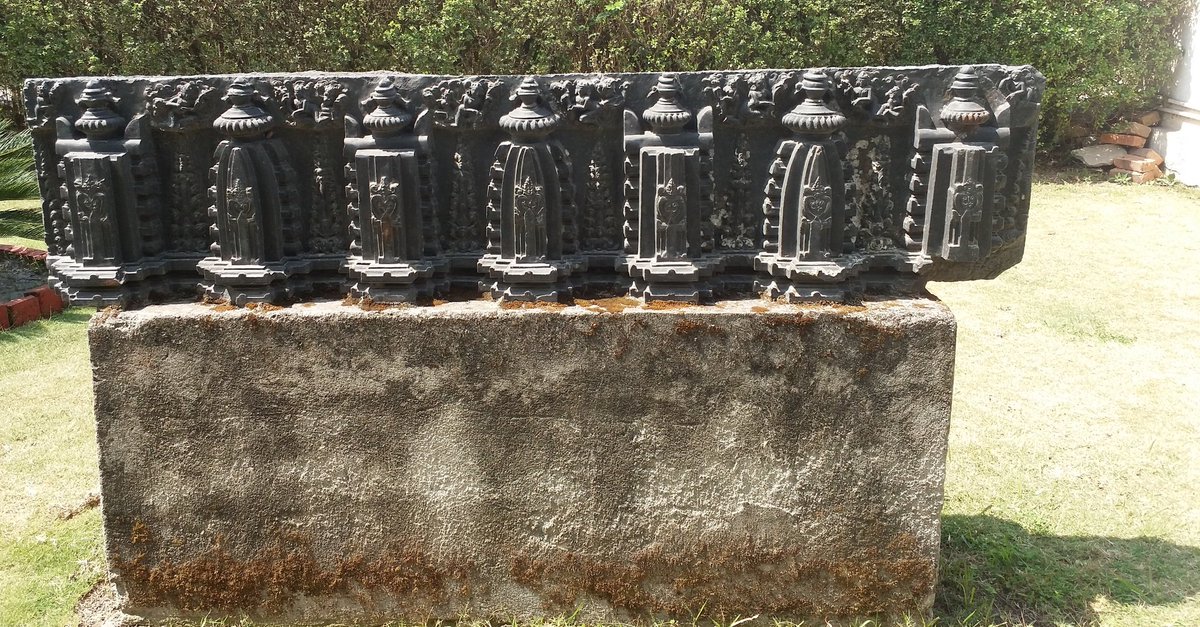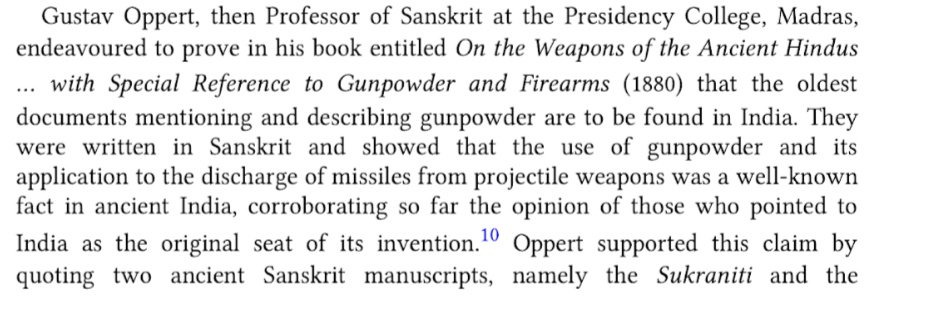Thread on ancient naval defence system of India
1)Relief depicting naval vessel, Borobudur Temple, Java(Indonesia)
Dated: ~8th century CE or older
Even before the accounts of the 1st century BC, there were written accounts of Shipbuilding and war-craft at sea.
1)Relief depicting naval vessel, Borobudur Temple, Java(Indonesia)
Dated: ~8th century CE or older
Even before the accounts of the 1st century BC, there were written accounts of Shipbuilding and war-craft at sea.
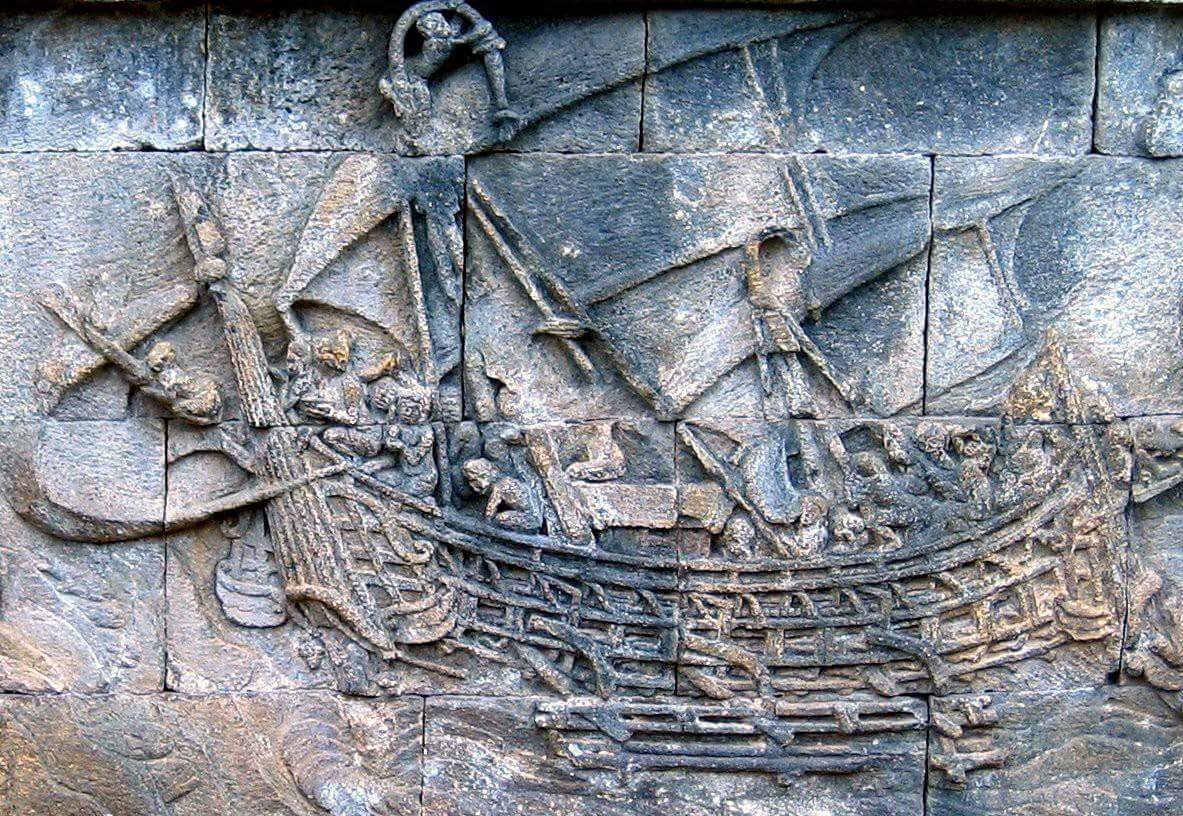
2)Professor R.C. Majumdar says that there existed a comprehensive book of Naval-architecture in India dating back to 2nd century BCE, if not earlier.
3)The history of Indian shipping and maritime activities goes back probably to the early times of the Rgveda. The Jatakas, the Greek and Roman authors, the early Tamil poems as well as a host of archaeological discoveries in India and abroad
4)--all go to prove that long before the birth of Christ the Hindus had acquired a fair knowledge of the art of navigation and that they plied their boats not only on the inland rivers but also on the high seas.
5)There were ports and harbours all along the coast-line, such as Tamralipti, Kaviri-pattanam, Bharukaccha and Surparaka; and it was practicable to attain to any of them starting from up the Ganges, not only from Campa (Bhagalpur) but even from Benares.
6)The Samudda-vanija Jataka (iv. 159) relates how a settlement of wood-workers, failing to carry out the orders for which pre-payment had been made, made a 'mighty ship' secretly, and emigrated with their families, shipping down the Ganges, by night, and so out to the sea,
7)..till they reached a fertile island. The Mahajanaka Jataka (vi, 34) tells us that prince Mahajanaka set out for Suvannabhumi from Campa.
8)The Baveru-Jataka indicates "that the Vanijas of Western India undertook trading voyages to the shores of the Persian Gulf and of its rivers in the 5th, perhaps even in the 6th century B.C. just as in our own days."
9)The author of the Periplus of the Erytlhraean Sea saw Hindu merchants settled down in the desert island of Socotra off the coast of Africa. Tacitus refers to "some Indians who sailing from India for the purpose of commerce had been driven by storm into Germany."
9)Euxodus speaks of the famished Hindu sailor who piloted the Greeks across the Arabian sea to the Malabar coast.
10)The Mahabharata relates how the Pandavas, ingeniously escaping from the 'house of lac' by a subterranean passage, came upon the Ganges and got on board a vessel, which 'was provided with machinery and all kinds of weapons and was capable of defying storms and waves'.
11)Naval warfare was also well-known in the days of Manu, for he had laid it down that boats should be utilised for military purposes when the theatre of hostilities abounded in water.
12)Yuktikalpataru, specifies a class of boats called agramandira (because they had their cabins towards their prows) as eminently adapted for naval warfare.
13)King Harsa of Kanauj must have possessed a certain number of war-boats which accompanied him in his distant expeditions. His inscriptions always refer to his victorious camp as "furnished with ships, elephants and horses": 'mahanau- hastya-sva-jaya-skandhavarat'.
14)At about the same time, the Calukya princes of the South appear to have maintained a considerable naval force. In the Nilgunda Plates of Vikramaditya VI, it is said that king Mangalisa of the western Calukya dynasty fitted out a grand fleet,which captured the island of Revati.
15)From the Aihole inscription we learn that with a fleet of hundred fighting vessels Pulakesin II attacked Puri, which was the mistress- of the sea, and reduced it to submission.
16)The Kendur Plates of Kirtivarman II tells us that Pulakesin's grandson, Vinayaditya, sailed out to Ceylon, humbled its king and compelled him to pay tribute.
17)Epigraphic evidence indicates that harbours and dockyards had come into existence as early as the 6th century. A copper-plate grant of Dharmaditya (dated 531CE) refers to a navata-kseni or ship- building harbour though we do not know where it was located.
18)During the reign of Raja Raja and his son, there were a complex classification of class of vessels and its utility. Some of the survived classes' name and utility are below.
The close diplomatics tie between the Song dynasty of China and the Medieval Cholas facilitated
The close diplomatics tie between the Song dynasty of China and the Medieval Cholas facilitated
19)..many technological innovations to travel both ways. The more interesting ones to have reached Chinese shores are:
*The famous Chola ship-designs employing independent water tight compartments in the hull of a ship.
*The mariner's compass
*The famous Chola ship-designs employing independent water tight compartments in the hull of a ship.
*The mariner's compass
20)*The continuously shooting Flamethrowers for naval warfare.
*Dharani - The equivalent of modern-day destroyers designed to take combat to high-seas.
*Loola - The equivalent of modern day Corvettes ; designed to perform light combat and escort duties.
*Dharani - The equivalent of modern-day destroyers designed to take combat to high-seas.
*Loola - The equivalent of modern day Corvettes ; designed to perform light combat and escort duties.
21)*Vajra - The equivalent of a Frigate maybe, a fast attack craft
*Thirisadai - Probably the battle cruisers or battleships of the day, they are reported to be armored heavily and could engage more than 2 targets in combat, and relied on its built rather than speed to survive
*Thirisadai - Probably the battle cruisers or battleships of the day, they are reported to be armored heavily and could engage more than 2 targets in combat, and relied on its built rather than speed to survive
22)...They are reported to be able to engage three vessels of Dharani class, hence the name Thirisadai , which means, three braids . (Braid was also the time's name for oil-fire.)
Apart from class definitions, there are names of Royal Yachts and their architecture.
Apart from class definitions, there are names of Royal Yachts and their architecture.
23Royal Yacht's classification
*Akramandham - A royal Yacht with the Royal quarters in the stern.
*Neelamandham - A royal Yacht with extensive facilities for conducting courts and accommodation for hi-officials/ministers.
*Akramandham - A royal Yacht with the Royal quarters in the stern.
*Neelamandham - A royal Yacht with extensive facilities for conducting courts and accommodation for hi-officials/ministers.
24)*Sarpammugam - these were smaller yachts used in the Rivers (with ornamental snake heads)
In addition to these, we find many names of Ship classes in Purananuru and its application inboth inland waters and open oceans. Some of them are,
In addition to these, we find many names of Ship classes in Purananuru and its application inboth inland waters and open oceans. Some of them are,
25)*Yanthiram - Hybrid ship employing bot sails and oars or probably Paddle wheels of some type (as Yanthiram is literally translated to mechanicalwheel)
*Kalam - Large vessels with 3 masts which can travel in any direction irrespective of winds.
*Kalam - Large vessels with 3 masts which can travel in any direction irrespective of winds.
26) Punai - medium sized vessels that can be used to coastal shipping as well as inland.
*Patri-Large barge type vessel used to ferrying trade goods.
*Oodam -Small boat with large oars.
*Ambi -Medium sized boat with a single mast and oars.
*Toni - small boat used in rocky terrain
*Patri-Large barge type vessel used to ferrying trade goods.
*Oodam -Small boat with large oars.
*Ambi -Medium sized boat with a single mast and oars.
*Toni - small boat used in rocky terrain
27)Below: depiction of a Boat on a seal from Dholavira dating back to 3-2nd millenium BCE
Boat seems quite sophisticated with a pavilion at the center of the boat/ship
You can read more at :goo.gl/ByMNyL
Boat seems quite sophisticated with a pavilion at the center of the boat/ship
You can read more at :goo.gl/ByMNyL

28) The model of a Chola Ship's hull rebuild by Archeological Survey of India based on a wreck 19 miles off the coast of Poombuhar, displayed in a Museum in Tirunelveli 
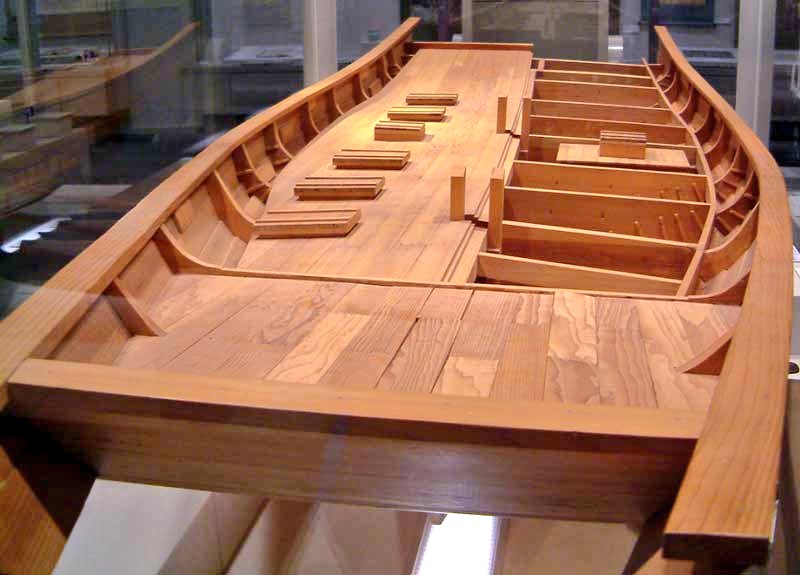
29)Coin of VashishthiPutra Pulumavi depicting double masted ship
Dated: ~2nd century CE or older
This is testimony to naval, seafaring and trading capabilities of Satavahana kings.
Dated: ~2nd century CE or older
This is testimony to naval, seafaring and trading capabilities of Satavahana kings.
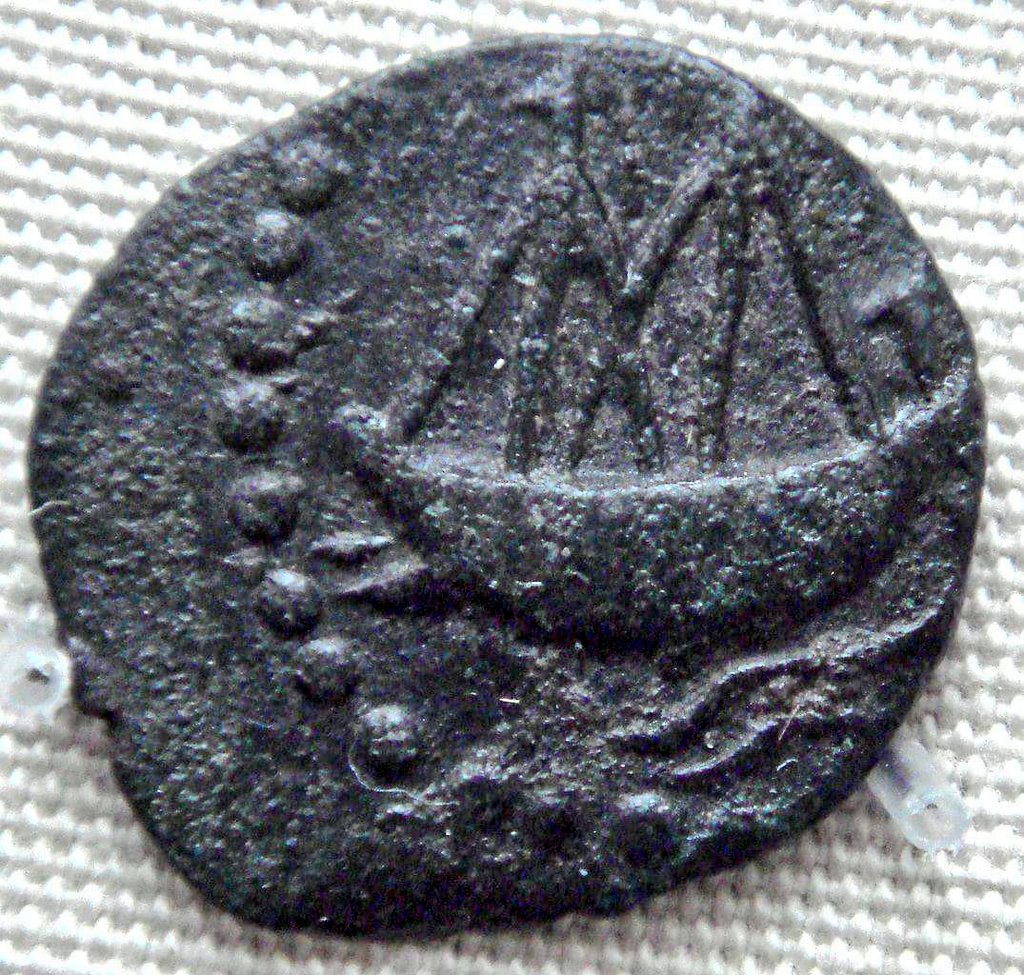
30) It is interesting to note that Bhoja recommended to avoid iron in building Ships. Reason👇🏼
YuktiKalpaTaru's classification of Ships is as follows.
Note the proportions of L*B*H of ships of each category.



YuktiKalpaTaru's classification of Ships is as follows.
Note the proportions of L*B*H of ships of each category.
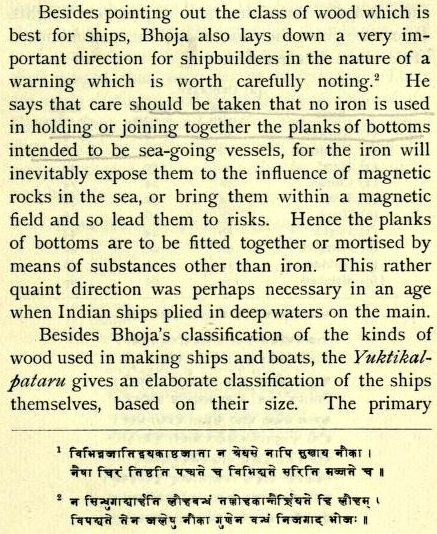
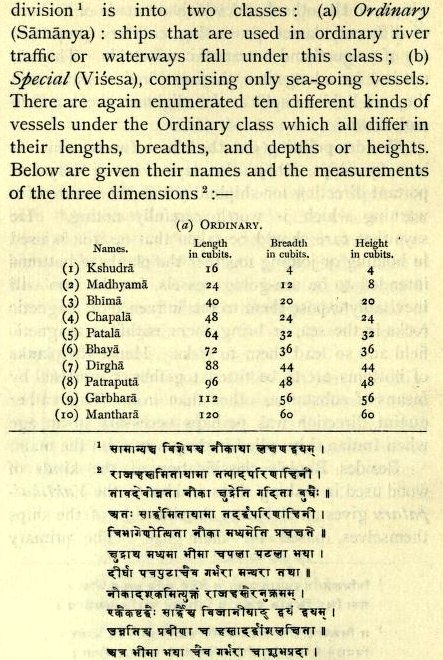
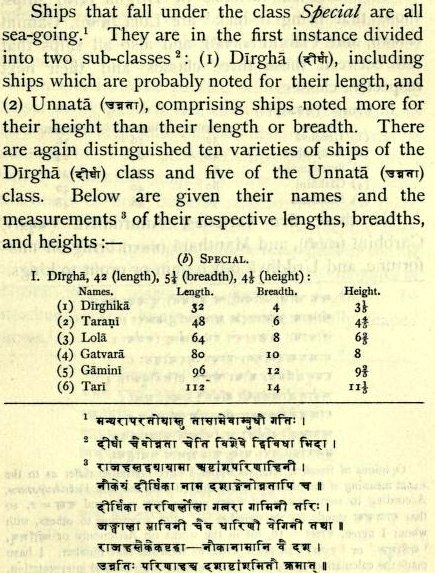
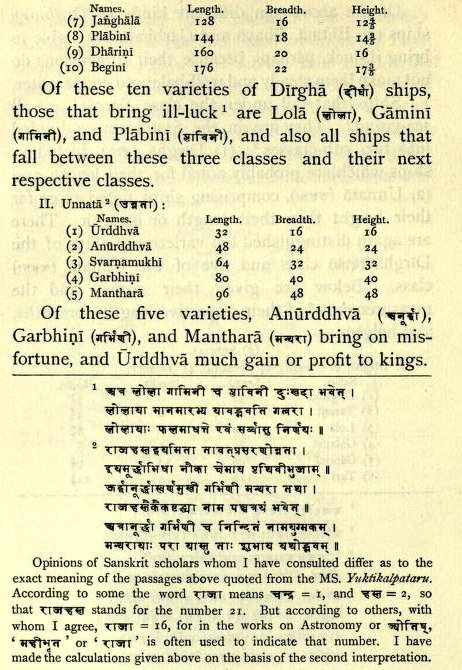
31)Faxien along with 200 other passengers travelled from ShriLanka to Java in ~5th century. He thus describes ship:
"astern of the great ship was smaller one as a provision in case of larger vessel being injured or wrecked during the voyage"
Now compare it with what described by:
"astern of the great ship was smaller one as a provision in case of larger vessel being injured or wrecked during the voyage"
Now compare it with what described by:
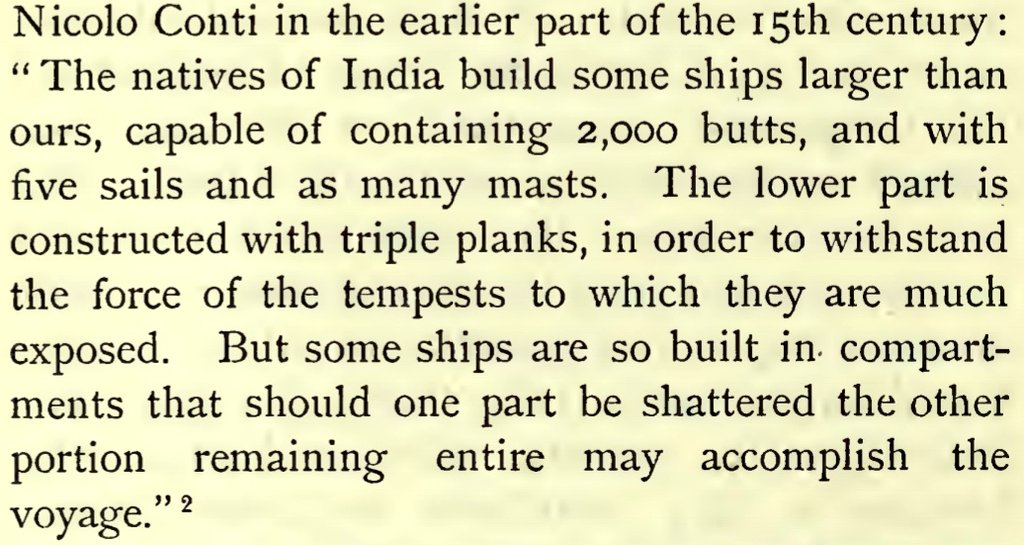
• • •
Missing some Tweet in this thread? You can try to
force a refresh






